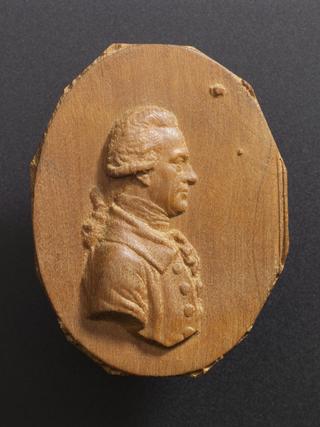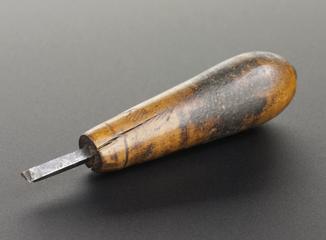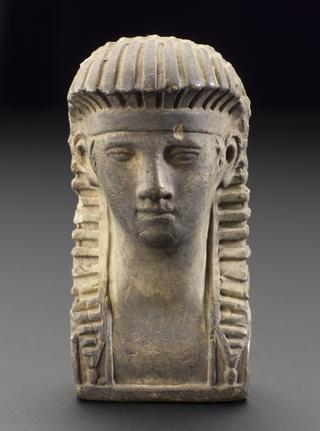
Perspective drawing apparatus, incomplete, in integral mahogany case
- maker:
- James Watt

Perspective drawing apparatus, incomplete, missing drawing board and tripod, in integral mahogany case, by James Watt, Glasgow, Scotland, 1760-1770. It is signed in the same way and in the same style as 1924-792/1309/2 and 1924-792/1309/3.
This item is part of the contents of the workshop that Scottish engineer James Watt developed at his home, Heathfield, at Handsworth, Birmingham, from c.1795 through to his death in 1819. Although Watt is best known for his work on the steam engine, his workshop contains a wide variety of objects from many different projects, from chemistry to sculpture-copying.
The description of the item was written by Edward Collins, the land agent responsible for Heathfield when the workshop was given to the Science Museum in 1924. Collins could not always identify what he was looking at, but always described what he saw clearly. This has allowed his descriptions to form the basis of subsequent research.
One of his Watt’s first successful innovations was an ingenious drawing tool, to help an artist to accurately capture the perspective of a scene. The instrument came in several sizes, and he used one himself for drawing and mapping. Their manufacture involved a team of Watt’s workmen each producing different parts, which is revealed by careful study of the fragments of the apparatus in the workshop. It was an effective instrument, which was soon copied by George Adams, one of the foremost London instrument-makers.
Details
- Category:
- James Watt's Garret Workshop
- Object Number:
- 1924-792/1309/4
- Materials:
- mahogany (wood), brass (copper, zinc alloy) and steel (metal)
- Measurements:
-
overall (case closed with apparatus inside): 48 mm x 243 mm x 90 mm, 0.586kg
- credit:
- Major J.M. Gibson-Watt




